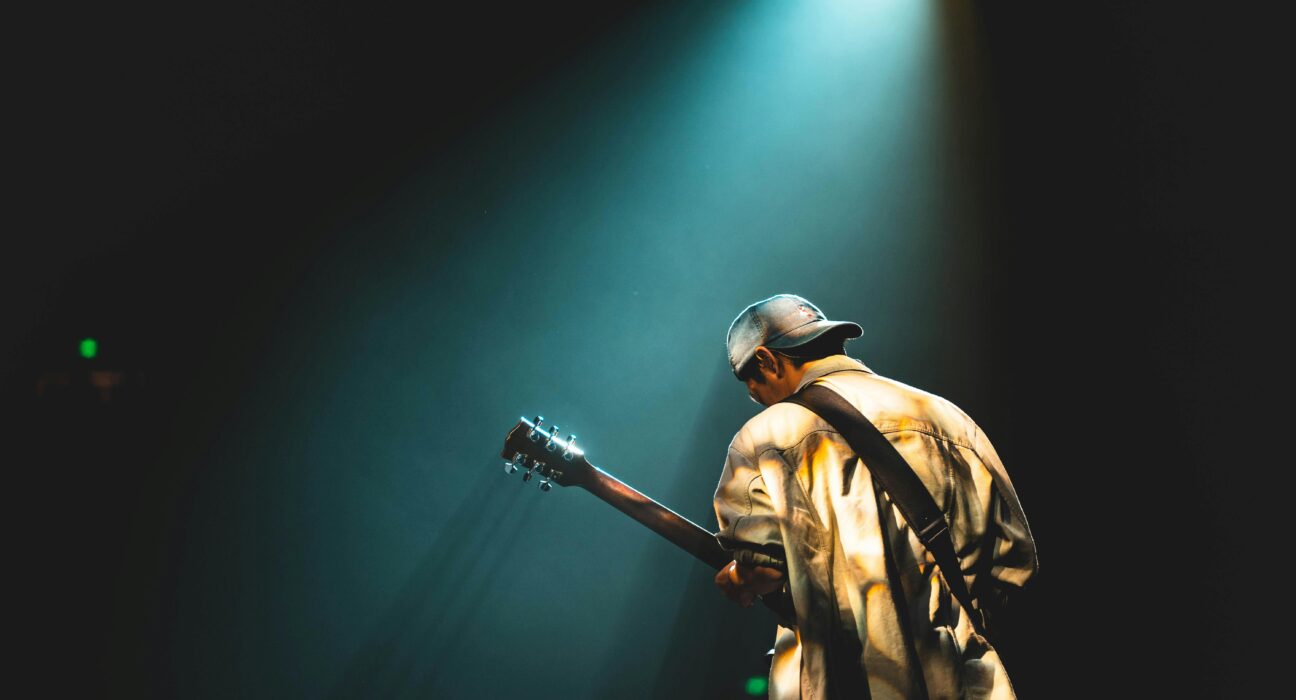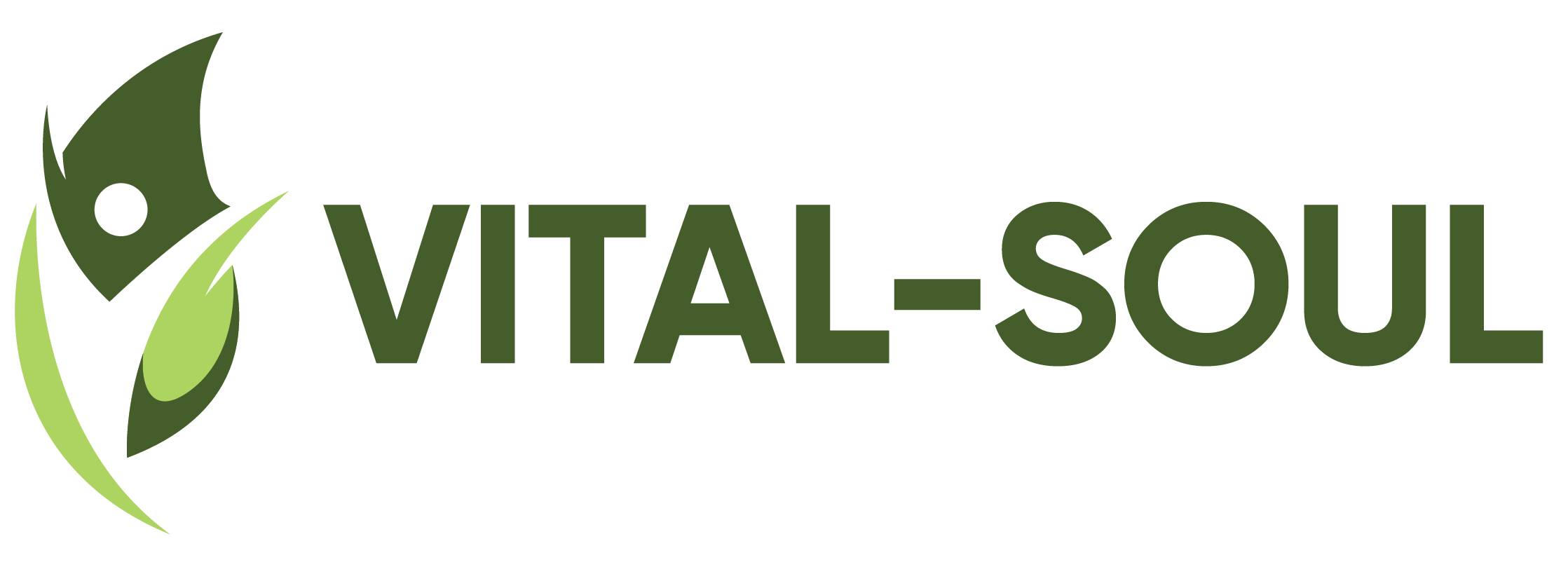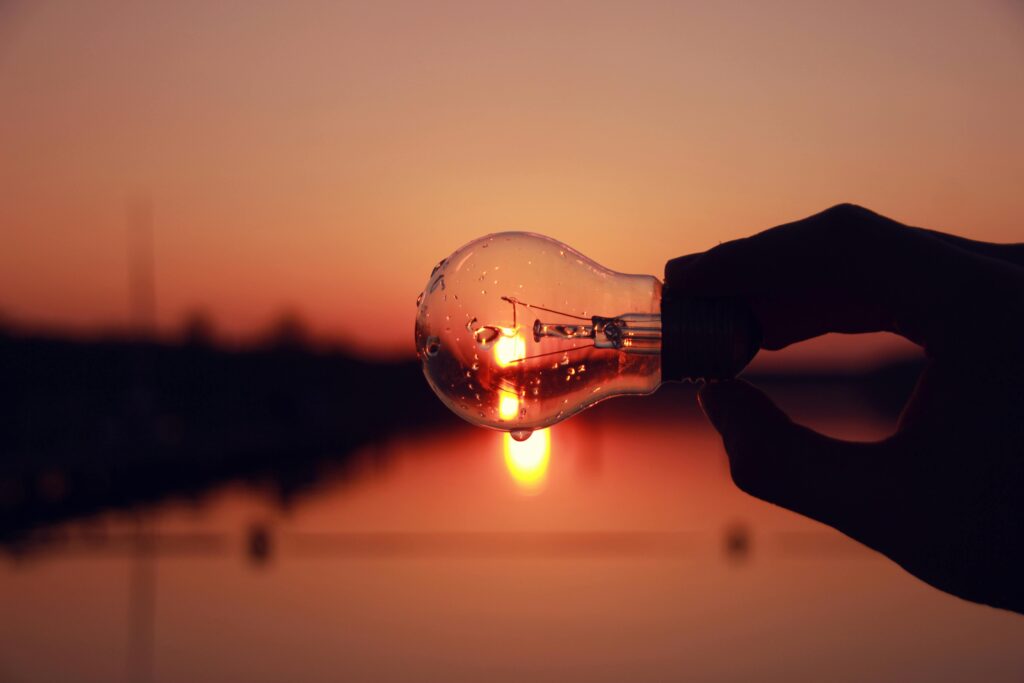Exploring the World of Electronic Dance Music (EDM)

Electronic Dance Music (EDM) has exploded in popularity over the last decade, moving from underground clubs to massive festivals and mainstream charts. With its high-energy beats, hypnotic rhythms, and immersive soundscapes, EDM has captivated music lovers across the globe.
A Brief History of EDM
EDM has its roots in the late 1970s and early 1980s when genres like disco, house, and techno began to emerge in cities like Chicago, Detroit, and New York. These genres laid the foundation for the electronic music scene, evolving into the diverse range of styles we now associate with EDM, including trance, dubstep, and electro-house.
The Festival Culture
One of the most exciting aspects of EDM is the festival culture that surrounds it. Events like Tomorrowland, Electric Daisy Carnival, and Ultra Music Festival draw in hundreds of thousands of fans, offering a sensory overload of lights, visuals, and sound. These festivals are not just about the music but also about the sense of community and shared experience among attendees.
The Role of DJs and Producers
In the EDM world, DJs and producers are the superstars. Unlike traditional musicians who play instruments or sing, EDM artists create and manipulate sounds using digital equipment. DJs are known for their live performances, where they mix tracks on the spot, creating an electrifying atmosphere that keeps crowds dancing for hours.
The Future of EDM
As technology continues to evolve, so does EDM. From virtual reality concerts to AI-generated music, the future of electronic dance music promises to push the boundaries of what’s possible in both live performance and music production.
Whether you’re a longtime EDM fan or new to the genre, there’s something truly special about the energy and creativity behind electronic dance music. So put on your headphones, turn up the volume, and lose yourself in the beats.











